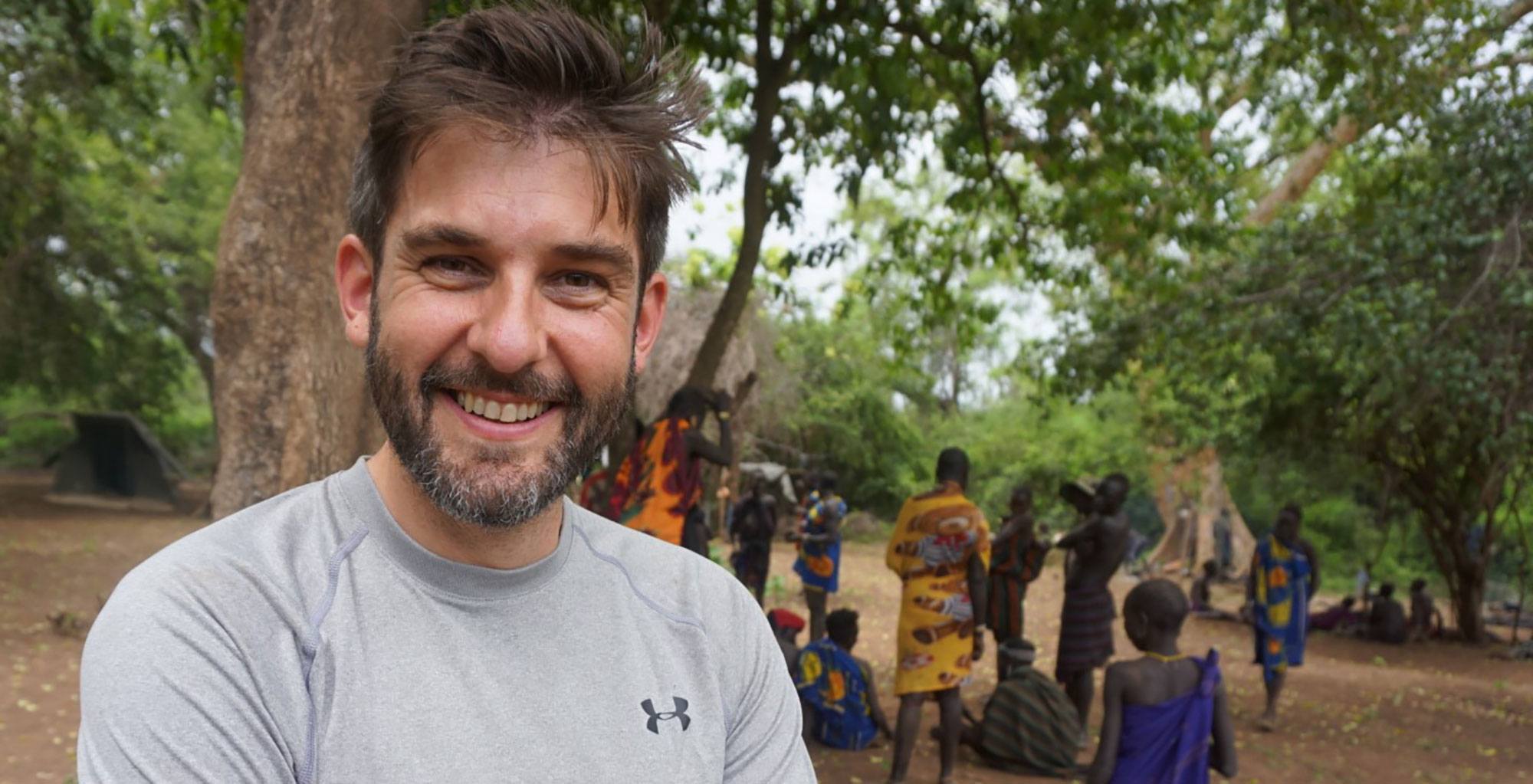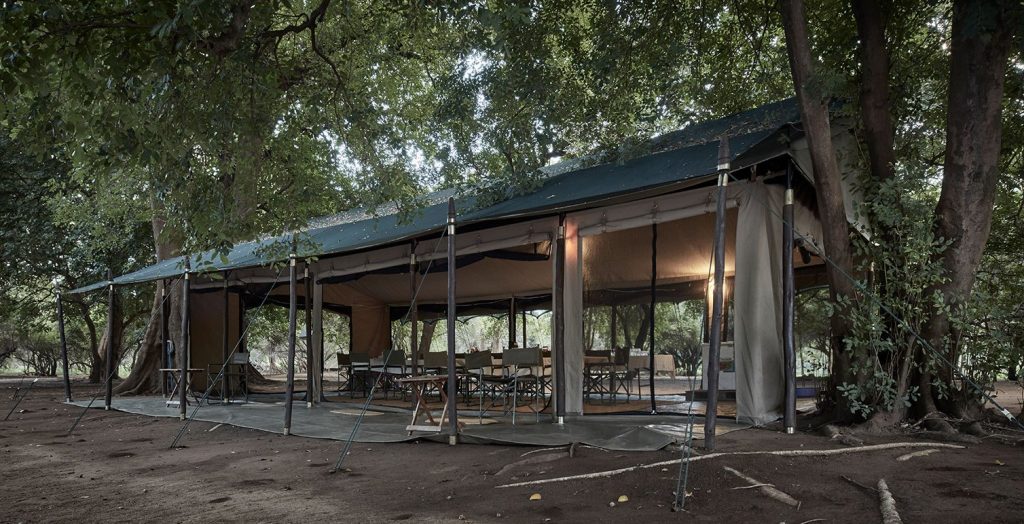When I was first speaking with Will Jones about joining Wild Philanthropy one of the things that really caught my interest was Wild Philanthropy’s first impact investment in Wild Expeditions Ethiopia. Wild Expeditions is a tour operator based in Addis and offering a range of amazing bespoke trips around Ethiopia. Wild Philanthropy provided finance to help establish Wild Expeditions. We now help to drive business to Wild Expeditions through our Conservation Journeys and through our sister company Journeys by Design, as well as supporting the business with technical assistance. In return, Wild Expeditions is developing its travel offerings with a core aim of having a positive social and environmental impact.
Back in September 2017 I was privileged to head out to Ethiopia to spend two weeks with Graeme Lemon (Wild Expeditions Country Manager) and his team to understand more about our work there. I travelled with Zuzana Galatova from Journeys by Design. You can see her blog on the trip here.
Lale’s Camp
In addition to developing bespoke itineraries, Wild Expeditions has established a semi-permanent camp in the Omo Valley working with Lale Biwa (Wild Expeditions Chief Guide and Kara himself) and the local Kara community. I’m excited to use this blog to announce that we have recently renamed the camp Lale’s Camp (which was previously called Lumale Camp) to help empower Lale in developing the camp’s future. It is a very unique product, with no one else offering this type of experience.
The people and wildlife of the Omo valley are under extreme pressures from drought, agricultural expansion and changing river patterns caused by giant hydroelectric dams upstream. There are very few livelihoods opportunities and many people have already been evicted from their ancestral lands. For more information on this please read Andrew McCarthy’s New York Times article. The motivation behind Wild Philanthropy, and in turn Wild Expeditions, is to help demonstrate how travel can support conservation but also help communities that want to protect their culture and do so whilst developing revenue streams for these communities. Lale is a shareholder in Wild Expeditions and the Lale’s Camp provides jobs to 20 people from the community, so arriving there gave me the opportunity to see how this is working in reality.
Our first night at the camp was amazing. We were able to explore and wander around the camp, play with the kids from the village, watch the sun set over the river and have a BBQ before an early night! The camp is incredibly peaceful and very well maintained. It’s very different to the tradition high end camps you’ll find in Kenya or Tanzania, but is very comfortable and has a charm of its own that you’d be hard pressed to find elsewhere. It’s a really magical place.
Mursi Fly Camp
The next morning, we headed off to the Mursi Fly camp to meet a guest who had already had a night there. It’s about 3 hours on the boat to the fly camp which is yet another unique experience. The Mursi people have the traditional lip plates and scarification practices that many will have heard of. I’ve seen many pictures but still wasn’t quite ready for seeing the lip plates in person. The community members that joined us were happy to show us the plates and spend time showing us how they make them. It was fascinating to spend time with these people, being really immersed in their daily life from breakfast, to playing games with the kids through to dancing at night. For anyone wanting to really get a chance to see a completely different culture, this has to be one of the most unique and rewarding experiences available.
Lale has spent much time developing this fly camp with the Mursi people. The Mursi live about a day’s walk away from the fly camp so in order to make sure they come down to the camp on the right day, a piece of string is sent to the community with a runner. The string has a number of knots in to represent the number of nights before they should head down to the camp to meet us. The idea behind the camp is to establish a trading post where the Mursi can come and trade useful items such as tobacco, razor blades, and food with us. They come and set up their own camp alongside ours and spend a few days with us before heading back home. This gives guests the opportunity to live amongst the Mursi for a few days which is quite an incredible experience.
Kara Community Farm
After a few days with the Mursi we returned to Lale’s Camp. It was quite a contrast, being back in the relative tranquillity of Lumale. It also gave me some time to speak more with Lale and Graeme. While speaking with Lale, I was able to get more of an understanding of the vision he has for the camp. We have joint plans to develop the community farm which we are currently fundraising for. If you are interested in supporting this work then please do contact me. The farm will grow food for the community and also for the camp, providing a more stable supply of food for the community. They also hope to attract other community members to settle closer to the camp, with opportunities for jobs at the camp, and for working on the community farm.
No cameras
Whilst speaking with Graeme, it was interesting to hear what has happened to places such as Jinka, which have been overrun by tourism being practiced poorly. We hope that we can maintain an experience that really does benefit communities and let them preserve their cultures how they wish to rather than pandering to tourists coming in for a quick picture. Our model is low volume, high value tourism which inherently limits the chances of this but we need to continue to work hard to ensure the community are really benefiting and we are not having a negative impact. As such, we are planning to implement a ban of cameras at the Mursi camp. We want people to fully experience being there and not be distracted by getting the perfect picture for social media. We appreciate this may be off putting for some potential travellers, but feel that the benefits of ensuring people are really immersed in the experience outweighs any negatives.
Looking forward
The model is not perfect. There are many things we need to do over the coming years to ensure that we are really continuing to have a positive impact. However, in ensuring that communities are getting the real benefits of tourism, what is really clear is that the potential to establish something that in the long term can really benefit the local community is huge. It’s an incredible place to travel to, and I feel privileged to have had the opportunity to start to understand some of the challenges complexities of the Omo Valley first hand. I look forward to working with Graeme and Lale in the future as we strengthen the model and really demonstrate the positive force tourism can be for local communities in areas such as the Omo Valley.

